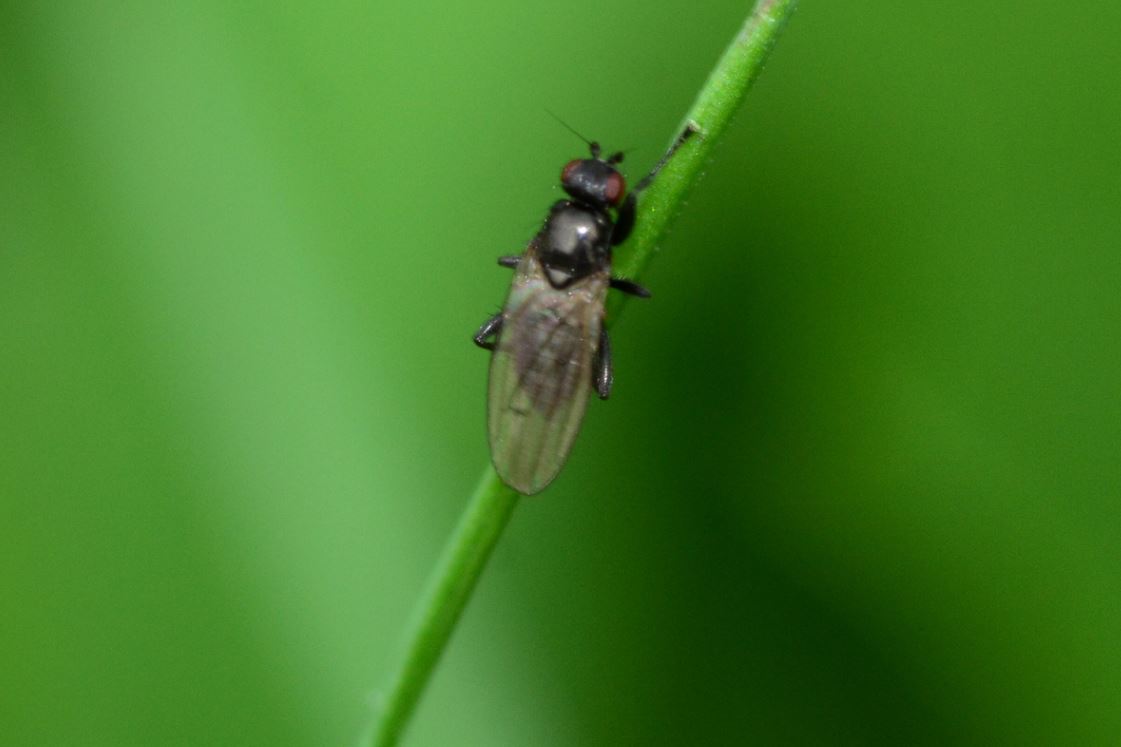You love your green plants and they make you feel good by helping to purify the ambient air. Protect them from midges which also have a penchant for plants whose soil they colonize to lay their eggs. Here are 5 recipes to regain control of your green plants and drive away these unwanted and dreadful little insects.
 WHO ARE THE SOIL GNATS?
WHO ARE THE SOIL GNATS?These little beasts, which come to squat your plants, are insects measuring 1 to 2 millimeters also called sciarids. Their lifespan is about a week and they can lay eggs a few hours after their transformation from larva to insect.
At this point, it’s best to act fast to part ways with those plant lovers that are starting to hover around your home.
Their life cycle runs uninterrupted and a female can lay between 200 and 300 eggs at one time. These larvae grow in the soil and feed on the root hairs of the roots of your plants. In the medium term, the plant will stop growing or even wilt if its roots are damaged.
Wounds caused by midge larvae on the roots encourage fungal attack, bacterial invasion, and disease outbreaks. It is therefore important to limit their presence or even to eradicate them for a clean house with vigorous plants.
To avoid an invasion, we’ll show you how to keep them away, deter them from coming, and make them disappear from your favorite houseplants.
AVOID OVERWATERING YOUR GREEN PLANTS
Each plant requires more or less water to flourish and continue growing. Depending on its characteristics, you can act on the watering of a plant. Even those that need copious watering don’t like standing water. Constant humidity will eventually turn into a thin layer of mold.
To eliminate larvae present in the soil of your plants, let it dry out for a day or two between 2 waterings and empty the cups of stagnant water. Only use pots that allow water to drain. You can place corks cut into rings in the potting soil to pump out excess moisture.
REPORT OR REMOVE MOLDY TOPSOIL
If you see lots of midge larvae in your plant’s potting mix, you’ll probably need to do a full report. This will eliminate the moist soil in which the larvae have proliferated and get rid of damaged roots or rotten plant remains.
If you have the impression that the larvae only develop on the surface, you can settle for surfacing, which consists of removing the top layer of soil and replacing it with an unpolluted substrate. This may be enough to get rid of midges.
Also be careful not to put all your plants in the same place, as this greatly facilitates their proliferation.
USE HOMEMADE RECIPES TO KEEP GNATS AWAY
There are products and tips to get rid of midges invading your soil.
- Black soap: mix 30 grams of black soap in a liter of water and pour it into a sprayer. Once you have watered your plants, spray this mixture on the plant and the soil.
- Black tea: Infuse black tea in water and use this beverage to water your plants. By using this trick 1 watering out of 2, you will scare away undesirables.
- Lemon and cloves: stick cloves in ½ lemon and put it in the pot of your plant.
- Lemongrass essential oil: place a cotton ball soaked in a few drops of lemongrass oil in the potting soil to scare away midges.
- Matches: they hate the smell of sulfur. Plant matchsticks directly into the soil, placing the redhead first in the ground.
- Cinnamon: make a homemade infusion by pouring 2 tablespoons of cinnamon into 1 liter of water. Once the preparation has cooled, water your plants with it. Gnats don’t like the smell of cinnamon and will naturally seek to lay eggs elsewhere.
CRAFT FEARSOME AND SCENTED TRAPS
When they are already installed, you can set traps to attract them.
- Vinegar: gnats are fond of cider vinegar and white vinegar. You can pour some into a small bowl to attract them and drown them out.
- Wine: sciarids love wine and are attracted to its sweet scent. Put a few drops of wine in a saucer and you will soon see them gathering there.
- Honey: they love honey and if you have a cup of honey mixed with water, the gnats will drown in it.
- Duct tape: yellow duct tape attracts gnats. Unattractive, you can still install them discreetly on a veranda.
PROTECT YOUR GREEN PLANTS FROM FUTURE EGG LAYING
To prevent midges from laying eggs in your plants, you can deter them by covering the soil with sand. They will no longer be able to reach the moist soil and will look for a better place to bury their larvae.
You can also opt for a light mulch or small pebbles such as gravel. Anything that prevents the gnats from being in contact with the ground without rotting will become an effective bulwark.
Clay balls or glass balls have the advantage of blocking access to gnats by bringing a decorative touch to your home. Place some on the soil of your pot, taking care to cover it completely.
Coffee grounds bother gnats with their recognizable odor and sticky texture when wet. By sprinkling coffee grounds on the soil of your plants, you will discourage them from coming to lay their eggs there.
Here you are armed to make life impossible for gnats and encourage them to go and bury their larvae elsewhere than in your interior.




